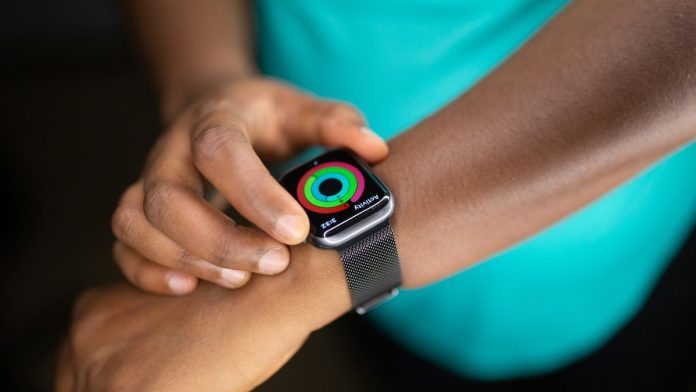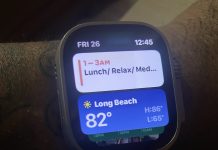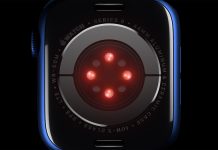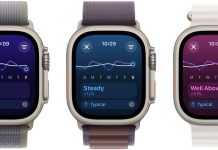Your iPhone and Apple Watch can be amazing allies for living a healthy lifestyle, and this is especially true for people with diabetes. Here’s how.
Contents
Related:
-
Dexcom wins FDA Approval for a over the counter CGM (continuous glucose monitoring) device
-
Digital biomarker for Diabetes can now be identified using your SmartPhone and a little AI
-
The Best Diabetes management apps for your iPhone and Apple Watch this year
Although Apple’s iOS and watchOS platforms don’t have native blood sugar control features, the Apple ecosystem as a whole is one of the best for diabetes management. More than that, the other wellness and health-focused features on iPhone and Apple Watch can go a long way toward helping you keep your blood sugar levels in check.
Here’s everything you should know about diabetes management on iPhone and Apple Watch.
Diabetes management on iPhone & Apple Watch
Although the iPhone and Apple Watch don’t currently have a native blood glucose monitoring system, there are many third-party options on the market that can allow for diabetes management.
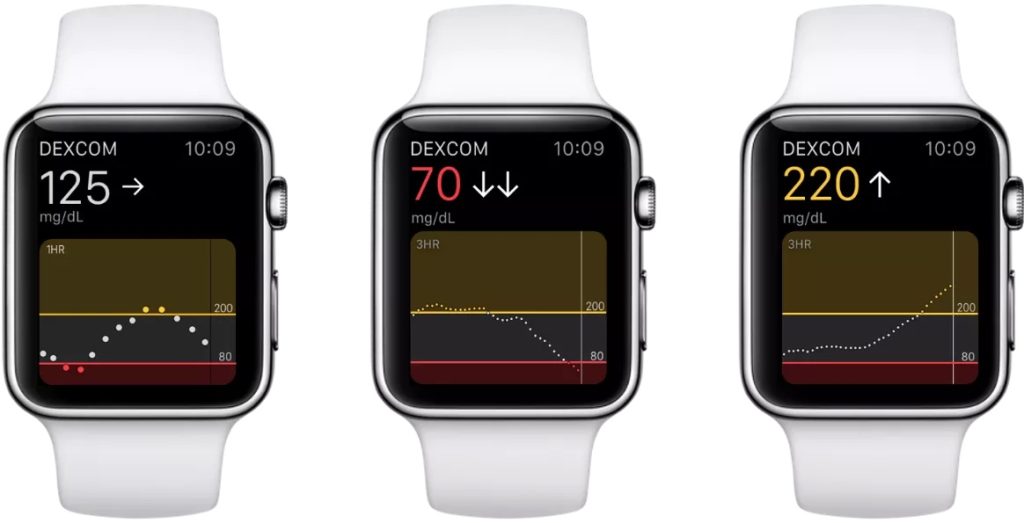
For example, Dexcom, which makes a variety of blood glucose monitors, has a dedicated app called Dexcom G6 that is compatible with both the Apple Watch and iPhone. When it’s installed and set up, you’ll be able to monitor your levels right from your wrist. The FreeLibre platform by Abbott also has a similar app called LibreLink.
Both apps allow you — and potentially your medical providers — to remotely monitor your blood glucose levels. They also integrate with HealthKit, meaning that you’ll be able to track your data in the Apple Health app and better understand patterns or trends in your blood glucose levels.
Glocuse monitoring apps
There are also a variety of third-party apps on the market that can provide additional analysis and insights about your diabetes health.

For example, the Sugarmate app provides a range of visualizations, analysis, and other features to help streamline your blood glucose management. It features deep integration with Dexcom devices, and provides additional features like information on insulin types, exercise and diet trends, and journaling options.
Other apps on the market, such as Glucomate and Glucose Blood Sugar Tracker also provide similar functionality. So while there’s not a built-in solution, the iPhone and Apple Watch still provide excellent diabetes management features through third-party apps.
There are also options for beaming blood glucose data straight from a tracking device to your wrist. The Ambrosia BluCon system, for example, uses near-field communication to send data from a FreeLibre device straight to your Apple Watch every five minutes. This can negate the need to carry your iPhone with you.
Other ways Apple devices can help diabetes management

Along with ways to actually monitor your blood glucose levels, your iPhone and Apple Watch can also help with other facets of diabetes management. This is because they can help you live a healthier lifestyle more generally.
Ways your Apple Watch can help you live a healthier lifestyle
For example, here are some key ways these devices can help you with diabetes.
- Heart rate monitoring: There are studies indicating that heart rate variability, or the intervals between heartbeats, can be an indicator of blood sugar control. Since your Apple Watch monitors heart rate continuously in the background, it can provide some key insights to you and your doctor.
- Activity monitoring: Regular exercise or physical activity is a critical component of maintaining control of your blood glucose levels. Between features like Apple Fitness+ and general activity tracking, your iPhone and Apple Watch can help you keep tabs on your activity levels — and even encourage you to be more active.
- Sleep tracking: Sleep is essential for all people, but it plays an especially crucial role in managing blood sugar. Not getting the recommended amount of sleep can increase insulin resistance and make you hungrier the next day. Research also suggests sleep loss can lead to impairments in glucose metabolism. The Apple Watch has a built-in sleep tracking mechanism, as well as a wide range of third-party options.
There are also a variety of third-party food tracking apps that will let you monitor your caloric intake, as well as track your macros. Many of these apps also integrate with Apple HealthKit, meaning that you’ll be able to keep track of various health metrics in one place.
You can also update your information in Apple’s Medical ID section. This allows you to input important data about yourself that first responders can access easily in case of emergency situations.
Apple’s future plans for diabetes management
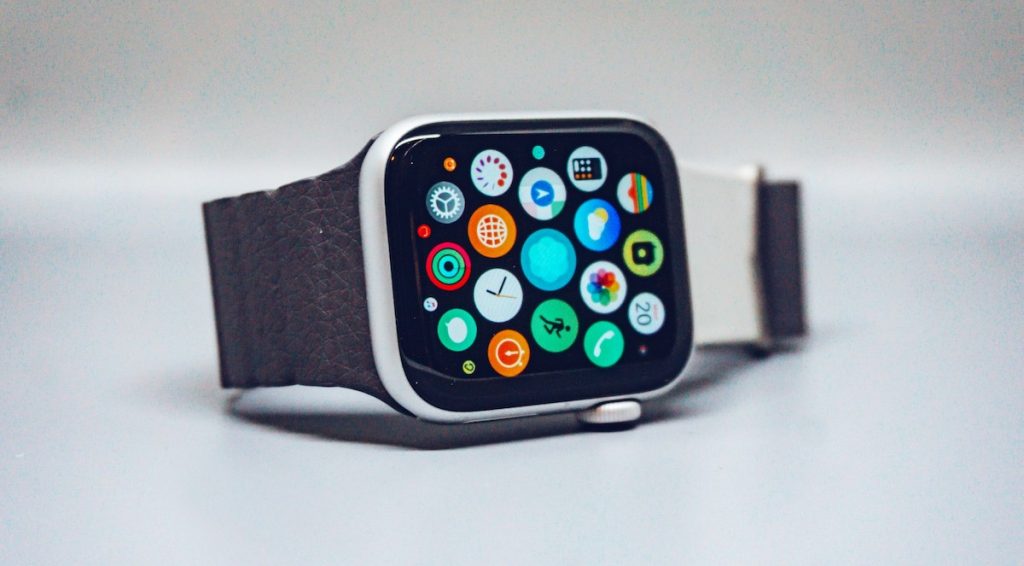
Apple has long had a focus on health technology and wellness-enhancing features. Current Apple Watch devices, for example, can track your sleep, heart rate, menstrual cycles, and blood oxygen levels — and even detect signs of atrial fibrillation.
Reports suggest that Apple’s next health frontier could be blood sugar monitoring. According to well-connected Bloomberg reporter Mark Gurman, a future Apple Watch model could feature a noninvasive blood glucose monitoring system to help users know if they are pre-diabetic.
The report indicates that the system would work without piercing the skin by shining a light through the skin. However, Gurman is quick to point out that this option won’t allow users with diagnosed diabetes to continuously monitor their blood sugar levels.
Of course, there isn’t a guarantee that this feature will make it to market. And, even if it does, there are reasons to believe that it won’t be all that useful to people living with diabetes.
A word of warning from the FDA
Earlier this year, the U.S. Food and Drug Administration issued a warning against using smartwatches or smart rings to measure blood glucose levels (blood sugar) without piercing the skin.
According to the FDA, these devices have not been reviewed for safety or effectiveness. Additionally, the agency said that they can give inaccurate readings, which can result in a dangerous situation if you’re basing medication dose on your blood sugar levels.
Note that this warning applies to devices that are currently on the market, but since Apple’s rumored feature is noninvasive, the warning still holds true for a future Apple Watch.
Because of that, it’s clear that the main way your iPhone and Apple Watch can help you manage your diabetes is to provide a platform for third-party and verified solutions like Dexcom and FreeLibre.
Your iPhone and Apple Watch are powerful tools for healthy living
Despite the fact that Apple’s devices don’t currently have a built-in blood glucose control system, they can still be powerful allies in helping you manage your diabetes.
From sleep tracking to activity monitoring, your smartphone and wearable can go a long way toward helping you live an overall healthier life. You just need to know how to use them!

